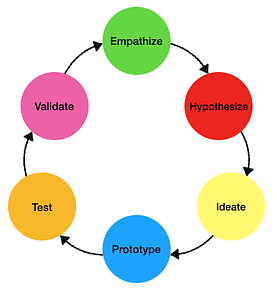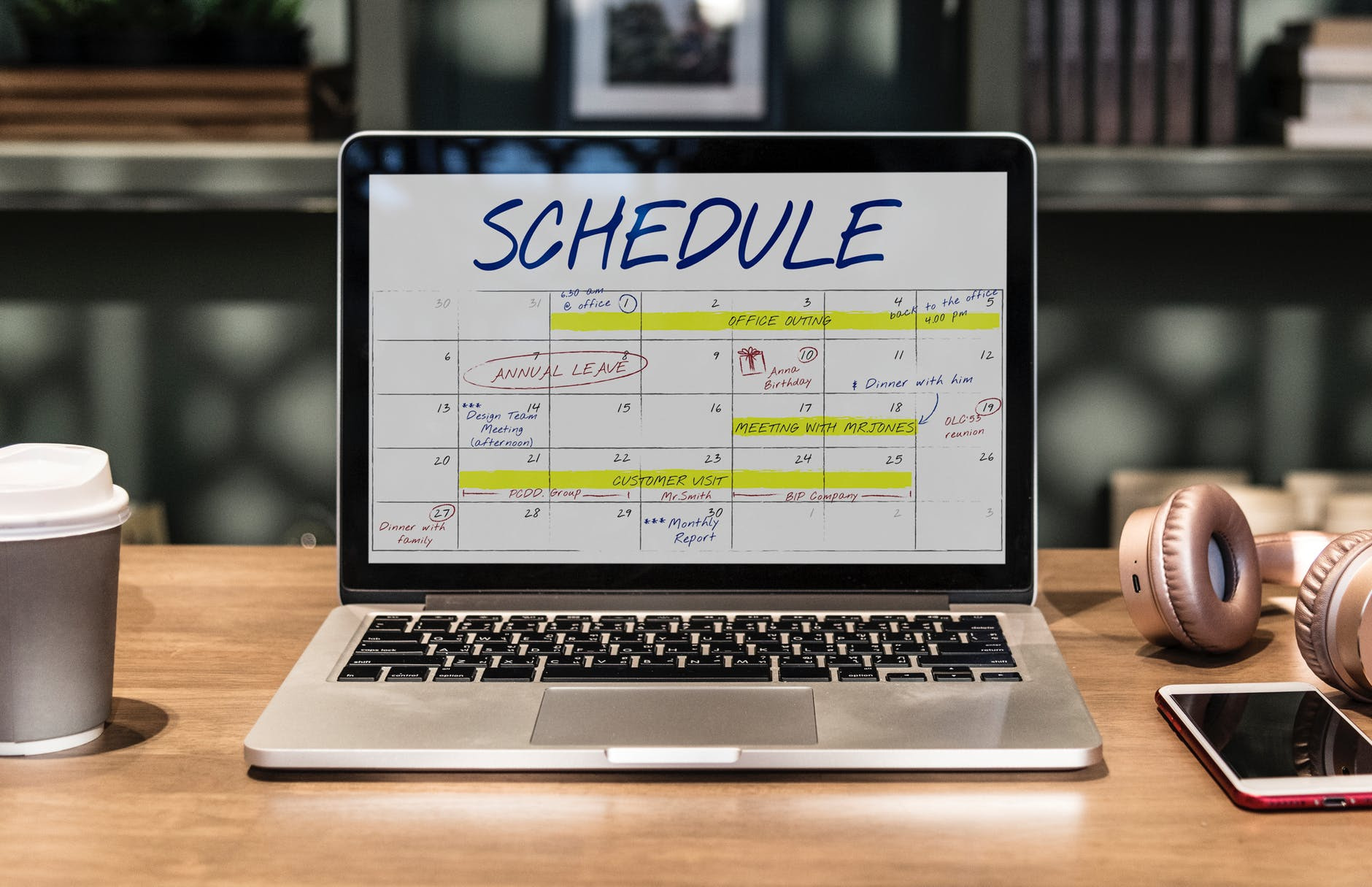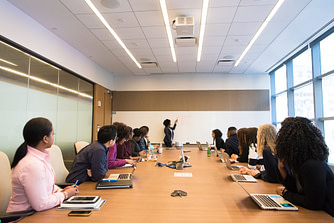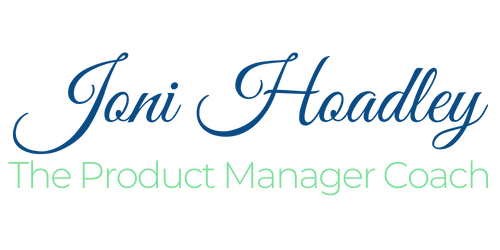If you’re a product manager, then you know that it’s important to have a process for discovering and designing new products. Product discovery is the process of identifying and validating new product ideas that align with your target market’s needs and wants. It is a crucial step in the product development process as it helps to ensure that the products you create will be successful in the marketplace. In this 4-part series, I’ll cover everything you need to know about product discovery, including the process, tools, and best practices to help you get started.
What does that process look like? And what are the key steps involved in product discovery? In this blog post, we’ll provide an overview of the product discovery process, including the different stages involved and the key tasks and tools you’ll need to succeed. So if you’re looking to create great products, read on!
Product discovery is my favorite product management activity! I love every aspect of it and think it’s the best process for figuring out the right products and features to build.
If you’re unfamiliar with product discovery or simply looking for inspiration to up your own discovery game, this 4-part series is for you. Let’s dive in, shall we?!?
Injecting the practice of product discovery into a company’s DNA builds more successful companies, according to Steve Blank, known as the father of the lean startup movement.
Here’s a diagram that shows each phase of product discovery, starting with empathy.

The first step in effective product discovery is empathizing with your customers.
Tweet
This is the most important step in the product discovery process and one that a lot of product teams overlook. All too often, founders and product managers think that they represent their customers. To create the “right” product (one that achieves Product/Market Fit), you have to understand the needs of your customers. It’s all about empathy.
To empathize with your customers, you need to put yourself in their shoes. Get to know them and understand what their challenges and joys are by talking to them.
Getting started with customer interviews
It may seem daunting as you contemplate everything that goes into setting up and conducting customer interviews. Once you’ve done it the first time, though, you’ll see how easy it is and how effective those interview sessions can be.
- Start by building a list of 25-50 customers based on your target. If possible, include at least ⅓ of prospective customers so that you can learn what’s preventing them from using your product. Keep in mind that you may have two distinct types of customers, especially if you work for a B2B company: people who purchase your product as well as the obvious: people who use your product.
- Target conducting 5 interviews each week based on this initial list. As you talk to people, trends will start to emerge. You can then circle back to people you’ve interviewed previously for follow-up interviews, or you can continue to build a list of customers you can schedule for future weeks.
- Decide on how you will meet with your customers. If you can visit them in person, that’s the best way. Thankfully, it’s easy to also interview users via video chat tools like Zoom and Google Hangouts.
- Repeat the process each month by interviewing approximately 5 customers each week.
How to conduct discovery interviews with your customers

Before you meet with your customers, create a list of questions that you will ask each one. It’s important to do this so that you can establish a solid baseline for understanding what’s working for them today and what their problems are. If you need advice for interviewing your customers, check out my post on how to use screeners, surveys, and interviews to understand your customers. Identifying patterns and trends in these problems is how you will succeed in step two of the product discovery process (hypothesize). Before we move on, though, it’s important to stress that you should be talking to your customers and users at least once a week. This shouldn’t be a one-time activity but rather a continuous process.
A day in the life
The best way I’ve found to understand the problems, challenges, and triumphs that my customers face is by tailoring my interview sessions so that I can understand what a typical day looks like for them. Conducting “a day in the life” interview should happen in person so that you can quietly observe your customer or user while they do their job. You will likely pick up on things that you wouldn’t discover during a video call, such as who else stops by their desk to ask them questions that involve your product.

One of my clients sells software to companies that involve routing drivers to various locations. It was fascinating to see the office interactions with the dispatchers who seemed to be at the center of it all. It became clear that dispatchers were a key customer that my client needed to focus on to understand how they could serve that particular type of user even better.
Setting up a Customer Advisory Board
Once you are comfortable with interviewing your customers regularly, you may be ready for the next level: establishing a customer advisory board (CAB).
CABs are a great way to engage with a few of your most passionate users. The key is selecting participants who seem to genuinely wish for you and your company to succeed. But you also want to select people who will be straight with you and tell you if they think your idea stinks.
You should select people that represent a cross-section of your target customer. For example, if your customer sells road-mapping software, you’ll want to include people responsible for creating the roadmap, people who need to understand the roadmaps once they’re creating, and the decision-makers.

Once you have your board established, it’s good to have a regular meeting cadence. Some CABs gather monthly, and some gather quarterly. Choose the frequency that works best for you and your CAB members. You can also use your CAB to solicit feedback via surveys or sending them mock-ups to gather preliminary user experience feedback. There is no limit to how you can leverage a CAB to act as a sounding board as you contemplate how to grow your business.
Documenting your findings
After interviewing a few customers, you should start to identify common themes and recurring trends. As you interview your customers, take copious notes. Once you’ve completed your interview, give yourself plenty of time to debrief on the interview and document all of the insights as possible. One question I frequently see among product managers is, “How should I document everything I learn in my customer interviews?” While there are many approaches, I’ve found it best to keep it simple and do what works best for you. If you like spreadsheets, write each insight in a single cell in Google Sheets. The nice thing about this is that you can add a column for ‘tags’ and then go back and categorize the feedback so that you can cluster your findings together, an activity you’ll be doing in one of the next steps in the discovery process (spoiler alert!). If you like to use Trello, you could put your insights on a card and categorize them using Trello tags or different lists.
Do you have a favorite tool for capturing customer insights? If so, join the conversation below!
Stay tuned for next week’s article on the 2nd step in product discovery, hypothesizing. Don’t miss out! Subscribe to my blog today!
Have you tried using the discovery process before? Have questions about how to do this? Get in touch. I’d love to hear from you!

